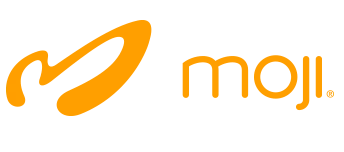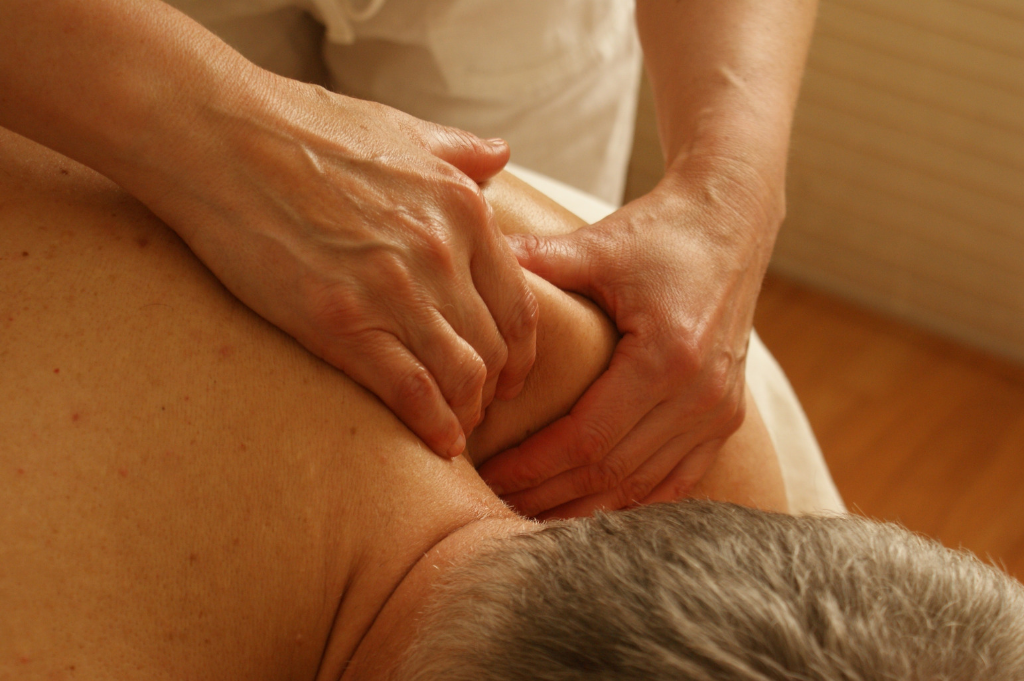There is a variety of different types of massage that are suited to different needs. People who want to relax and relieve stress may find that a Swedish (or relaxation) massage is the best option, while sports performers and weekend warriors may need some athletic recovery massage moves. For this, a deep tissue massage should be their first choice.
There’s a third popular massage type that offers many benefits as well: trigger point massage.
What is a Trigger Point?
To begin, it’s important to understand what a trigger point is. Trigger points are myofascial areas of pain that hurt when they are pressed on. Essentially, when you have a knot that is bothering you and causing you discomfort – that’s a trigger point.
“Myo” means muscle and “fascial” refers to the connective tissue, so myofascial pain is used to reference surface-level sore muscle pain. Trigger points, or knots, feel like hardened lumps of muscle beneath the skin, and even if your body is relaxed, the trigger point stays contracted, causing it to remain tight.
Trigger points are commonly experienced in the back muscles, especially between the shoulder blades or in the upper back, shoulders, and neck. Individuals who work out a lot for a sport may also experience trigger points in their calves, gluteus muscles, and iliotibial (IT) bands.
Additionally, trigger points can send referred pain to other parts of the body, sometimes to areas that are far away from the spot itself. A headache, for example, hurts in your head but the pain may actually be coming from a trigger point in your neck or upper back.
What’s a Trigger Point Massage?
Because trigger points can become incredibly painful, it’s important to assist the muscles in loosening and letting go of the building tension. In order to achieve this, you can give yourself a trigger point massage using a portable massager like the Moji Curve Pro.
As the back is a prime spot for trigger points, we’ll use it as an example.
- Place the massager on your upper back and gently roll the spheres around until you find a sensitive spot.
- Once you locate a trigger point, apply pressure (as much as is comfortable) and hold it there.
- It can be helpful to employ deep breathing to relax the muscles further. Breathe from your diaphragm (the muscle under your ribcage) inhaling and exhaling as slowly and deeply as you can.
- Continue to apply pressure to the point until you feel some give and the muscles start to loosen. Once that happens, you can move the massager to another spot and repeat the process.
Because you are in control, you can apply as deep of pressure as is comfortable, keeping in mind that the deeper you press, the more the trigger point will release. In between working on trigger points, it can be helpful to work in some relaxation massage, gently rolling the spheres up and down the muscles without applying too much pressure.
A similar massage can be used on other muscles in the body as well depending on where you are experiencing knots and trigger points. Runners may have tender points in their calf muscles, quads, and down the outside of their thighs (IT bands) while new moms may have sore lower backs or arms from lifting up their baby.
After you complete your trigger point massage, it can feel great to stretch out your muscles and release even more tension, and since you were applying pressure deeply to certain spots, it can also help with additional relaxation to apply an ice pack to the troublesome body part.

